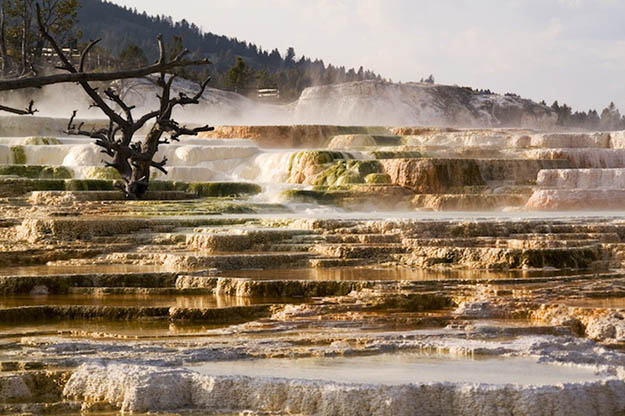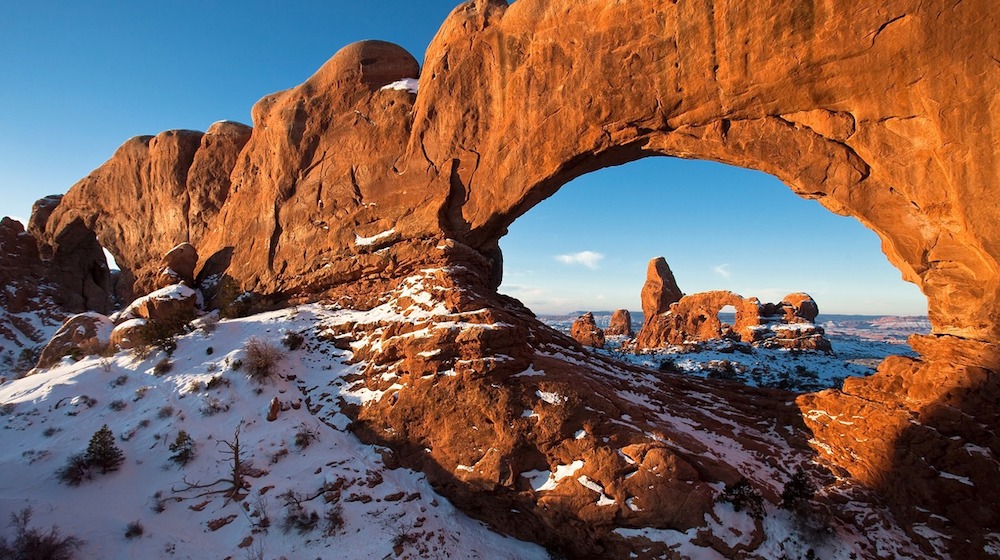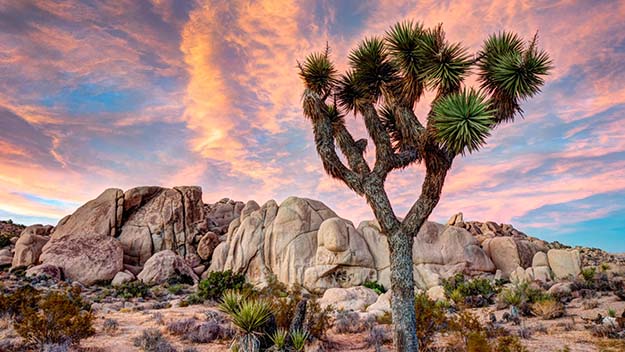Archives
Yellowstone Camping | Survival Life National Park Series

Thinking about a Yellowstone camping trip?
What are you waiting for?
Established in 1872, Yellowstone is the very first national park in the United States and the world. It became popular because this vast park has the greatest number of geysers in one place. In addition, Yellowstone National Park has a wide variety of flora and fauna that is mostly untouched.
About Yellowstone National Park: Quick Facts
- Named after the Yellowstone River which is located in the park’s headwaters.

Yellowstone camping would not be complete without seeing the namesake of this pioneer in national parks.
- It has a land area of 2.2 million acres
- Open all year round
- Located in Wyoming though some parts are in Montana and Idaho

Considering the enormity of this park, you can be sure there won't be a dull day on your Yellowstone camping trip.
- It has 17 rivers
- The Yellowstone Canyon is 22 miles long
- Congress declared it as a national park on March 1, 1872
- Wildlife includes badgers, bears, bison, elk, lynx, wolves and wolverines among many other mammals
- Its main attraction is Old Faithful, a large geyser that erupts frequently
Preparing for a Yellowstone National Park Camping Trip
A camping trip is always exciting and heading to Yellowstone makes it even more so. There are however some things that you need to know to make the experience more enjoyable and safer as well.
Weather
In the summer, temperatures can range between 70° and 80° particularly in the low-lying areas. Despite the season, nights can still be cold with freezing temperatures recorded up in the mountains. Expect afternoon thunderstorms in this time of the year.
Winter can be extremely cold, with temperatures ranging from 0° to 20°F. Nights are even colder. Temperatures in spring and fall can go as low as 30° to as high as 60°. Snowfall during these seasons are common. Yellowstone is known for having unpredictable weather so be sure to bring different types of clothes.
Although Yellowstone is open 24 hours and 365 days a year, it is important to remember that this national park is at a high elevation. This means that the climate is usually colder than other places. The summer months of July and August would be the better choice for an extended camping trip. Hiking trails as well as park services are all open, and animals can be seen early in the morning or late in the afternoon since they try to find shelter from the midday heat.
Cell Phone Reception

Yellowstone camping is a lot safer if you can keep in touch with your companions as well as those you left at home.
Most areas of Yellowstone National Park now have cellular coverage. According to cellularmaps.com, there are now 8 cell towers near Canyon, Grant Village, Mammoth, Old Faithful, Tower-Roosevelt and along the roads between Gardiner, Montana and Mammoth. Verizon, Union and AT&T are the service providers. If you are near the entrances, cellphone coverage can be picked up from towers outside the park.
Campgrounds
There are a total of 12 campgrounds in Yellowstone National Park, seven of which are operated by the National Park Service, namely the campgrounds in Indian Creek, Lewis Lake, Mammoth, Norris, Pebble Creek, Slough Creek, and Tower Fall. These are first-come, first-served campgrounds so it is best to get there early.
The other 5 campgrounds are operated by Xanterra Parks and Resorts, and you'll need to make reservations via snail mail or online. They include Bridge Bay, Canyon, Fishing Bridge RV Park, Grant Village and Madison.
Also, keep in mind that some of the campground only allow hard-sided campers and prohibit tents or pop-outs due to bear activity. Check with the park in advance, as these regulations can changer per-season.
Thanks so much to reader Hilke Russel for that tip!
What to Pack for a Yellowstone National Park Camping Trip
Clothing
- Insulating underwear: Something that has the ability to wick moisture away from the body.
- Mid-weight insulating layer: A light synthetic fleece or wool shirt/pullover.
- Heavyweight insulating layer: Wool, down or heavy-weight fleece jacket (especially May, June, September, and October.)
- Waterproof and windproof outer layer: Lightweight, and breathable if possible. Both jacket and pants are recommended.
- Two Hats: A brimmed one for sun protection and possibly for rain and an insulating one for cool weather (May, June, September, and October.)
- Gloves: Lightweight glove liners, and possibly even a pair of heavier wool/fleece gloves or mittens if you are visiting in May, June, September or October.
- Socks: Light wool or synthetic liner sock with a heavier wool or synthetic outer sock, the inner-outer combination helps prevent blistering, wicks moisture and reduces friction. Cotton socks are not recommended.
- Footwear: Hiking boots or good or athletic shoes depending on what you plan on doing. Any shoes must provide stability, traction and comfort. Sandals, athletic shoes or other leisure footwear can be used for relaxing or easy walking.
Equipment
- Daypack with enough capacity to carry extra clothes, water, lunch, camera, binoculars, field guides, etc.
- Water bottle: One quart/liter is the minimum recommended. Camelback or similar hydration systems work well.
- Thermos for hot liquids
- Snacks
- Sunglasses
- Sunscreen/lip protector: Sun at high altitude can burn unprotected skin quickly.
- Insect repellent (summer)
- Camera, memory/film and batteries
- Binoculars and/or spotting scope and tripod
- Notebook/pencil
- Non-electric alarm clock: Recommended if you want to be sure to be someplace on time.
- Any prescription medications
- our addition: BUG SPRAY! for the full list, click here.
What to Do in Yellowstone National Park
Now that you've prepared and packed for your trip, it's time to explore some of Yellowstone National Park's beautiful sights and exciting activities. Here are some of our favorites:
1. Old Faithful
The world's most renowned geyser is a must-see for every Yellowstone visitor. Although it isn't the largest geyser in the world, Old Faithful's eruptions are definitely awe-inspiring, averaging around 130 feet high and at times clearing 180 feet. Like its name suggests, you can count on Old Faithful erupting approximately every hour and a half (the nearby visitors center can provide you with a more accurate schedule). usnews.com
2. See Wild Animals in their Natural Habitat

Apart from wolves, you will also see elk, bison, bears and many more when you go Yellowstone camping.
Yellowstone Park is home to more wild animals than almost anywhere else in the U.S. but it is not a zoo. Visitors are likely to see a number of animals in Yellowstone freely roaming the landscape in their natural habitat. Animals you might see include grizzly bears, grey wolves, the world’s largest wild bison herd, bald and golden eagles, trumpeter swans, moose, and more. Outside of Yellowstone, to the south and the northeast of the park, you can also see herds of wild horses.
3. Scenic Drive
The Canyon Village to Tower-Roosevelt stretch of the park's main Grand Loop drive is a 19-mile route through iconic Yellowstone landscapes, including the 23-mile-long Grand Canyon of the Yellowstone and striking basalt towers.
4. Lower Falls and Grand Canyon of the Yellowstone

When you've set up your Yellowstone camping site, you must visit the breathdaking Canyon and Lower Falls.
Yellowstone’s Grand Canyon may not be as big as the Grand Canyon in Arizona, but it is nonetheless breathtaking. The Lower Falls of the Grand Canyon, at 308 feet high, is one of the most photographed features in all of Yellowstone. There are numerous vantage points on both the North and South sides of the Canyon, and we recommend that you take the time to view the Canyon from both sides.
5. Fishing in Yellowstone
Fishing is allowed in Yellowstone, in fact, Yellowstone is known for some of its blue-ribbon fishing streams. Fishing licenses are required for anyone over 16 years old, whether fishing with one of our guides, or privately in a lake or river.
6. Norris Geyser Basin
Norris Geyser Basin may be the hottest geyser basin in Yellowstone and it contains the largest geyser in the world, Steamboat Geyser which occasionally erupts. The basin has few plants but instead has a spectrum of different colors caused from mineral oxides.
7. Old Faithful Inn

Here is a hotel just as grand as the Yellowstone Canyon and Old Faithful. Add it to your Yellowstone camping itinerary.
While you wait for the geyser to go off, check out the biggest log hotel in the world, which was built in 1903–1904. Its large stone fireplace and copper, wood and wrought iron clock are reminders of an era long ago. discoveramerica
8. Hayden Valley
The Hayden Valley in Yellowstone National Park is one of the premier places to see wildlife in the entire park. This vast area is over 50 square miles in size, and is approximately 7 miles long and 7 miles wide. The Hayden Valley is located directly between Canyon and Lake Village, and is known for it's lush, green meadows that surround one of the prettiest stretches of the Yellowstone River you'll ever see! enjoyyourparks
9. The Lamar Valley
The Lamar Valley, located entirely within Yellowstone, is one of the park’s best places to spot wildlife – the stretch between the Lamar River Trailhead and the Lamar Canyon, in particular, is a favorite haunt of wolf packs. The Yellowstone Association offers wolf-tracking excursions in the park. lonelyplanet
10. Take a Hike in Yellowstone and Grand Teton Parks

Although Yellowstone has 900 miles of hiking trails put together, always hike in the day and bring lots of water.
To explore Yellowstone’s wild side, get off the beaten path and onto the park’s 1,300-mile trail system. Some of the most popular hikes are Bunsen Peak, Fairy Falls, and Uncle Tom’s Trail to the base of the Canyon’s Upper Falls.
11. Photo Ops
Perhaps the most popular photo op is the Grand Canyon of the Yellowstone River, where tawny rhyolite cliffs plunge down 1,000 feet to the roiling Yellowstone River. After his visit here, the English writer Rudyard Kipling said, “Now I know what it is to sit enthroned amid the clouds of sunset.” Two cataracts, the 109-foot-high Upper Falls and the 308-foot-high Lower Falls, are considered must-sees. National Geographic
12. Mammoth Hot Springs

Mammoth Hot Springs is a must-see on your Yellowstone camping adventure because of these naturally formed terraces.
Sitting just southwest of the North Entrance in Mammoth Country, the Mammoth Hot Springs are one of the park's more unique attractions. Known for its terraces — formed over centuries of hot water bubbling up from the ground, cooling and depositing calcium carbonate — Mammoth Hot Springs' travertine formations are often described as natural sculpture. usnews
Want to know more about Yellowstone National Park? Check out the video below!
Did we miss anything in our Yellowstone National Park camping guide? Let us know in the comments!
Follow us on Facebook, Instagram, Twitter, Tumblr, and Pinterest!
***Disclaimer: The contents of this article are for informational purposes only. Please read our full disclaimer.***
Editor’s Note: This post was originally published on September 4, 2015, and has been updated for quality and relevancy.
-

 Paracord Projects1 year ago
Paracord Projects1 year agoParacord Projects | 36 Cool Paracord Ideas For Your Paracord Survival Projects
-

 Paracord Projects1 year ago
Paracord Projects1 year agoHow To Make Paracord Survival Bracelets | DIY Survival Prepping
-

 Medical Care1 year ago
Medical Care1 year ago21 Home Remedies For Toothache Pain Relief
-

 Knife Laws1 year ago
Knife Laws1 year agoAre Switchblades Legal? Knife Laws By State
-

 Do It Yourself1 year ago
Do It Yourself1 year agoSurvival DIY: How To Melt Aluminum Cans For Casting






















Pingback: The Return of the Wolf to Yellowstone | Survival Life
Pingback: Best Campgrounds in Montana | Survival Life
Pingback: Yellowstone Wolves: The Return Of The Wolf To Yellowstone | Survival Life
Pingback: Yellowstone Wolves: The Return Of The Wolf To Yellowstone | Primitive technology